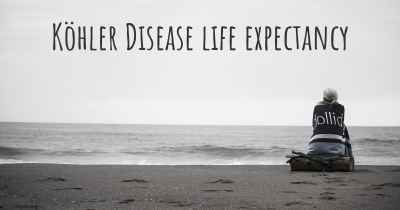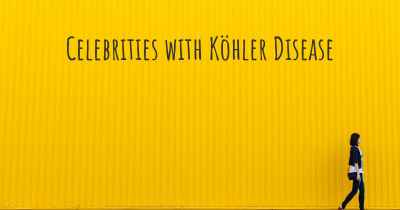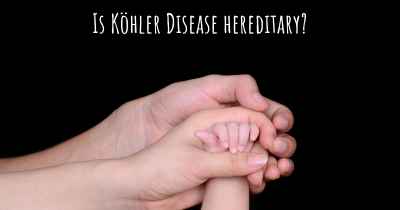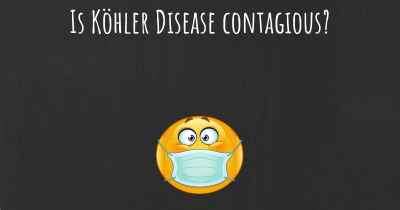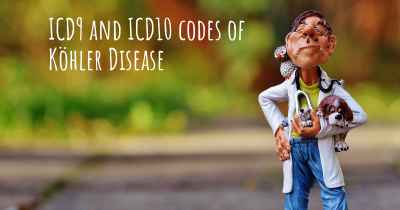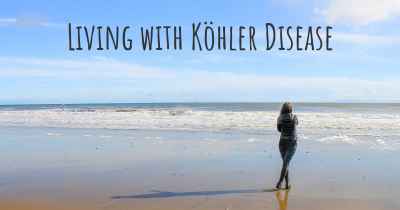How do I know if I have Köhler Disease?
What signs or symptoms may make you suspect you may have Köhler Disease. People who have experience in Köhler Disease offer advice of what things may make you suspicious and which doctor you should go to to receive treatment
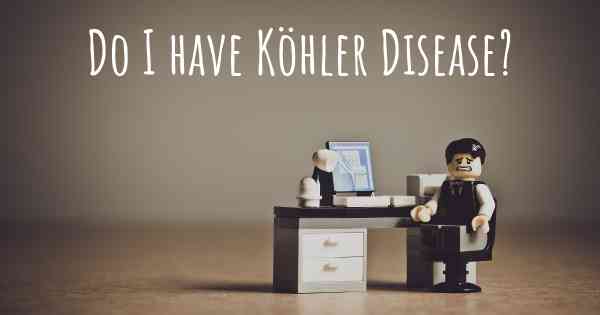
Köhler Disease is a rare condition that primarily affects children between the ages of 3 and 7. It is characterized by temporary pain and swelling in the navicular bone, which is located in the midfoot. The exact cause of Köhler Disease is unknown, but it is believed to be related to a disruption in the blood supply to the bone.
Symptoms:
The most common symptom of Köhler Disease is pain in the midfoot, particularly when walking or putting weight on the affected foot. The pain may be accompanied by swelling and tenderness in the area. Children may also develop a limp or favor the unaffected foot to alleviate discomfort. It's important to note that these symptoms can vary in severity from mild to more pronounced.
Diagnosis:
If you suspect you or your child may have Köhler Disease, it is crucial to consult a healthcare professional. A doctor will typically begin by conducting a physical examination of the foot and asking about the symptoms experienced. They may also order imaging tests, such as X-rays or MRI scans, to assess the navicular bone and rule out other potential causes of the symptoms.
Treatment:
In most cases, Köhler Disease resolves on its own without any specific treatment. The primary goal of treatment is to manage pain and discomfort. This can be achieved through measures like rest, avoiding activities that worsen the pain, and using supportive footwear or orthotic devices. In rare instances where symptoms persist or are severe, a doctor may recommend immobilization with a cast or brace to allow the bone to heal.
Prognosis:
The prognosis for Köhler Disease is generally excellent. The condition is self-limiting, meaning it resolves spontaneously as the blood supply to the navicular bone improves. Most children recover fully within a year or two, and the affected bone typically regains its normal shape and function. It is important to follow the recommended treatment plan and attend regular follow-up appointments to monitor progress.
If you suspect Köhler Disease based on the symptoms described, it is crucial to consult a healthcare professional for an accurate diagnosis and appropriate management. They will be able to provide personalized advice and guidance based on the specific circumstances.
